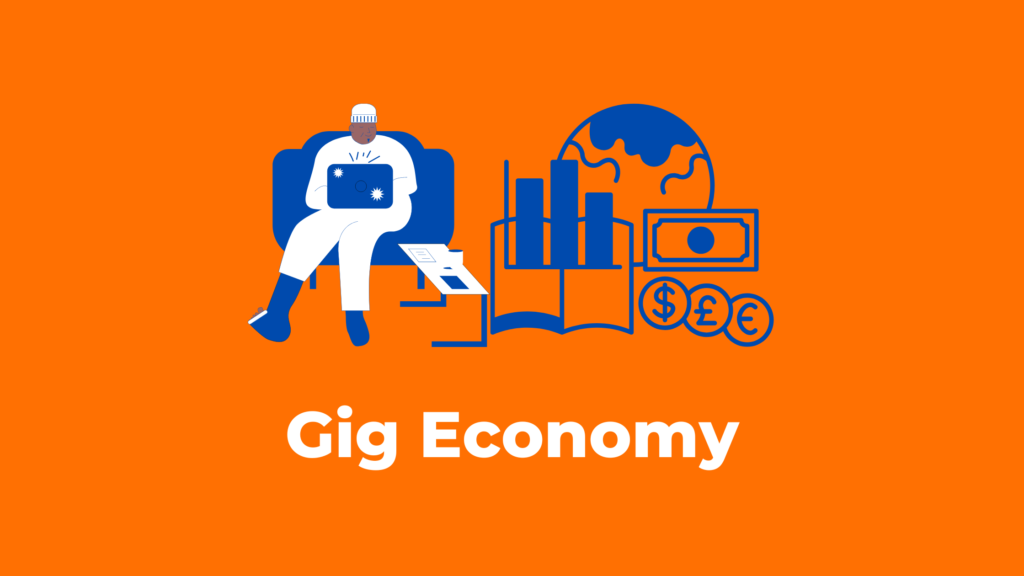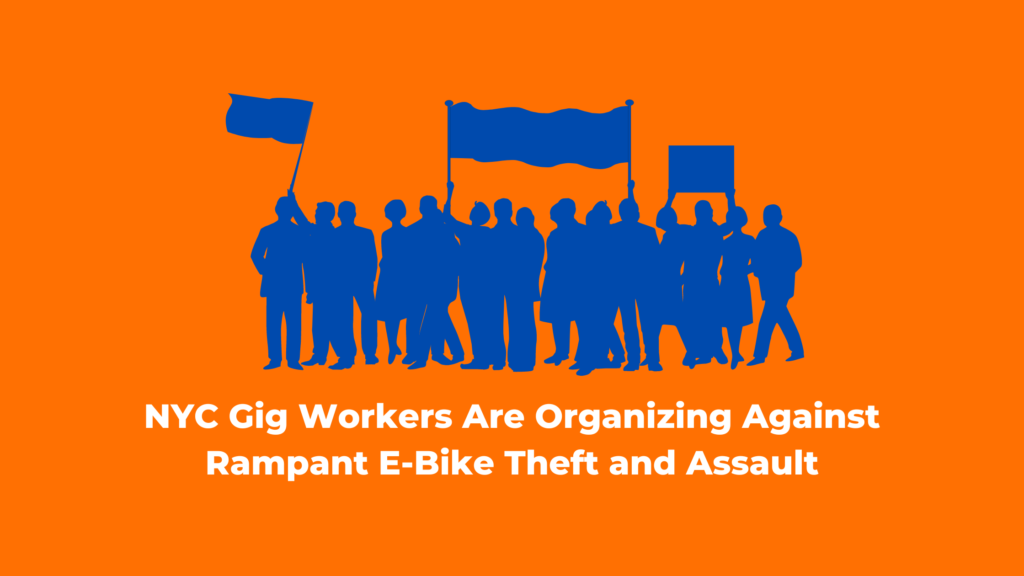NITI Aayog estimates that India has 23.5 million gig workers, which it expects will swell to 47 million by 2029-30. The rise of the likes of Ola, Zomato, BigBasket, and other quick-commerce firms has brought forth this new category of formal workers.
Apart from ushering in billions of dollars of capital and solving complex problems innovatively, Indian start-ups have another claim to fame—the creation of a new kind of gig economy. In a nation with a nearly 500 million-strong but largely unskilled workforce, the rise of the likes of Ola, Zomato, BigBasket, and other quick-commerce firms has brought forth this new category of formal workers. These are people who typically work for a few months at a time, doing short-term jobs in areas such as food delivery, transportation, and logistics. “Start-ups are creating a workforce that will be India’s competitive edge in the future. How we leverage this workforce and what opportunities they can create for India 10-20 years from now, we don’t have all the answers yet,” says Matrix Partners’ India MD, Rajinder Balaraman.
Sarath Naru, Founder and Managing Partner of Ventureast, says that while VC-funded start-ups play a huge role in GDP contribution right from day one, their contribution to employment comes a little later: “Beyond the first 5-10 years of their life, start-ups start creating a large number of jobs at a lower level, which is needed.” NITI Aayog estimates India has 7.7 million gig workers, which it expects will swell to 23.5 million by 2029-30. A recent report by consulting firm BCG estimates India’s gig workforce in the non-farm economy will balloon to 90 million over the long term.
They are expected to have another significant impact on India’s transition to an organized market. Start-ups have managed the feat even in infrastructure-heavy capital-asset businesses such as buses and budget hotels. Karthik Reddy, Managing Partner of Blume Ventures, says it’s because of their tech-first problem-solving approach: “They are not constrained by capex or legacy ways of thinking about business.”
Their ripples will be felt across the country as new start-ups come from beyond the metros, such as Bihar’s agritech start-up DeHaat, says Samir Sheth, Partner & Head-Deal Advisory Services, BDO India. “Talent and real estate costs are more competitive in these places and make the ventures cost-effective.” Balaraman looks at this as a redistribution of access. “Many of our investments are now focussing on the next 50-100 million digital consumers, too. That access creates opportunity, which creates wealth.”
However, in order for start-ups to take on the starring role in India’s journey to becoming a $5-trillion economy and beyond, investors say they must learn to turn a profit quickly, as early-stage capital is limited. In the decade since the boom kicked off the start-up ecosystem, the world’s third-largest start-up ecosystem is home to 100-odd unicorns. A cumulative $180 billion start-up funding will have flown in by 2023. However, there are just 20-30 great examples of profitable start-ups. Reddy says, “The appetite for funding a futuristic

Pardeep is the founder and editor of Small Investment Ideas. He believes that everyone can change their life with the help of small investments and achieve financial freedom.


